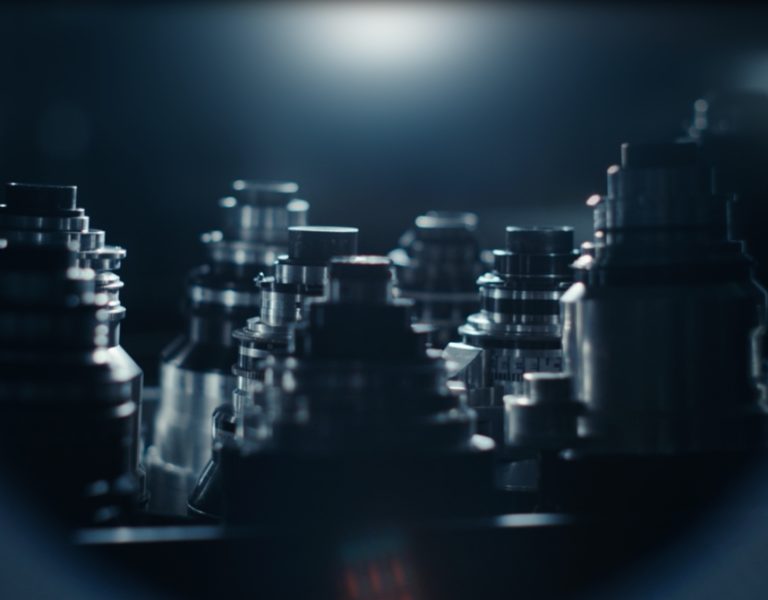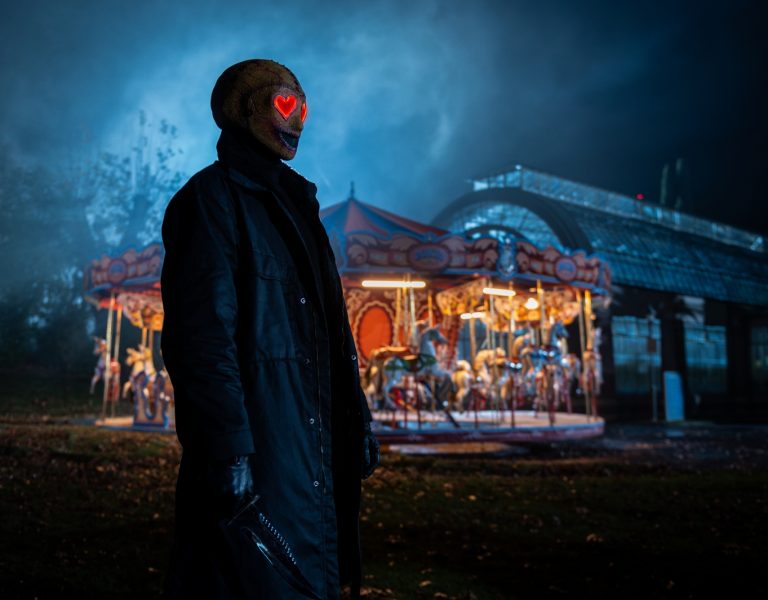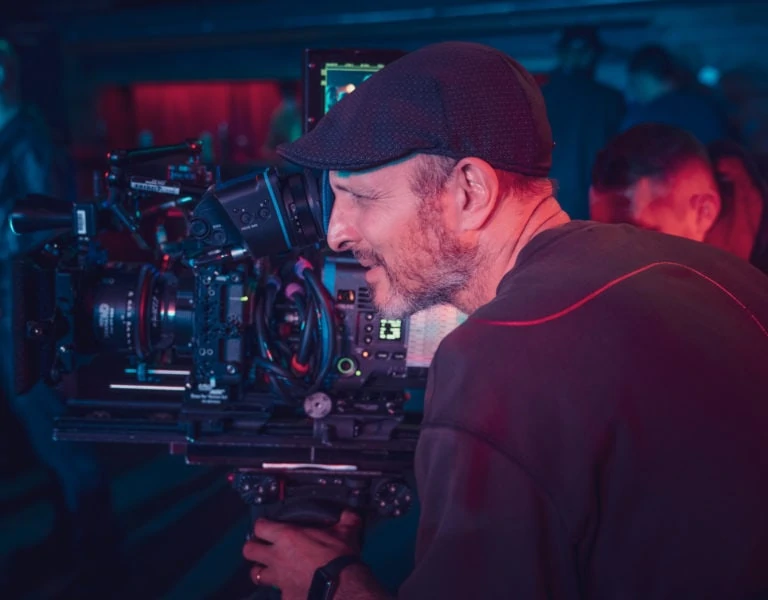Dynamic Ranger
David Procter / The Innøcents

Dynamic Ranger
David Procter / The Innøcents
BY: Ron Prince
Header image: David Procter metering the opening scene. Photo: Dan Gadd
"Legendary cinematographer Donald McAlpine ACS ASC, once said to me, 'Calm seas never made a skilled sailor'. I live by that," says cinematographer David Procter.
And perhaps there could be no better an analogy than the British DP's experience whilst shooting the hit Netflix series The Innøcents - where the navigation included tight prep and production schedules, shooting in multiple locations across two countries, numerous VFX sequences, and a venture into the relatively uncharted seas of 8K acquisition for a 4K HDR Dolby Vision finish.
The supernatural, dystopian, Romeo & Juliet-style, 8 x 1-hour love story, produced by New Pictures, follows teenagers Harry and June as they elope from repressive family regimes to be together. However, their journey is derailed by an extraordinary discovery: June has the ability to shape-shift. As the star-crossed lovers struggle to control her new power, they learn from a mysterious psychologist, Halvorson, who runs Sanctum, a secret refuge for shifters, that June is not alone.
Farren Blackburn directed episodes 1-4 and 7-8, whilst Jamie Donoughue helmed episodes 5-6. The series earned critical applause for being both clever and visually evocative when it released on Netflix in 2018.
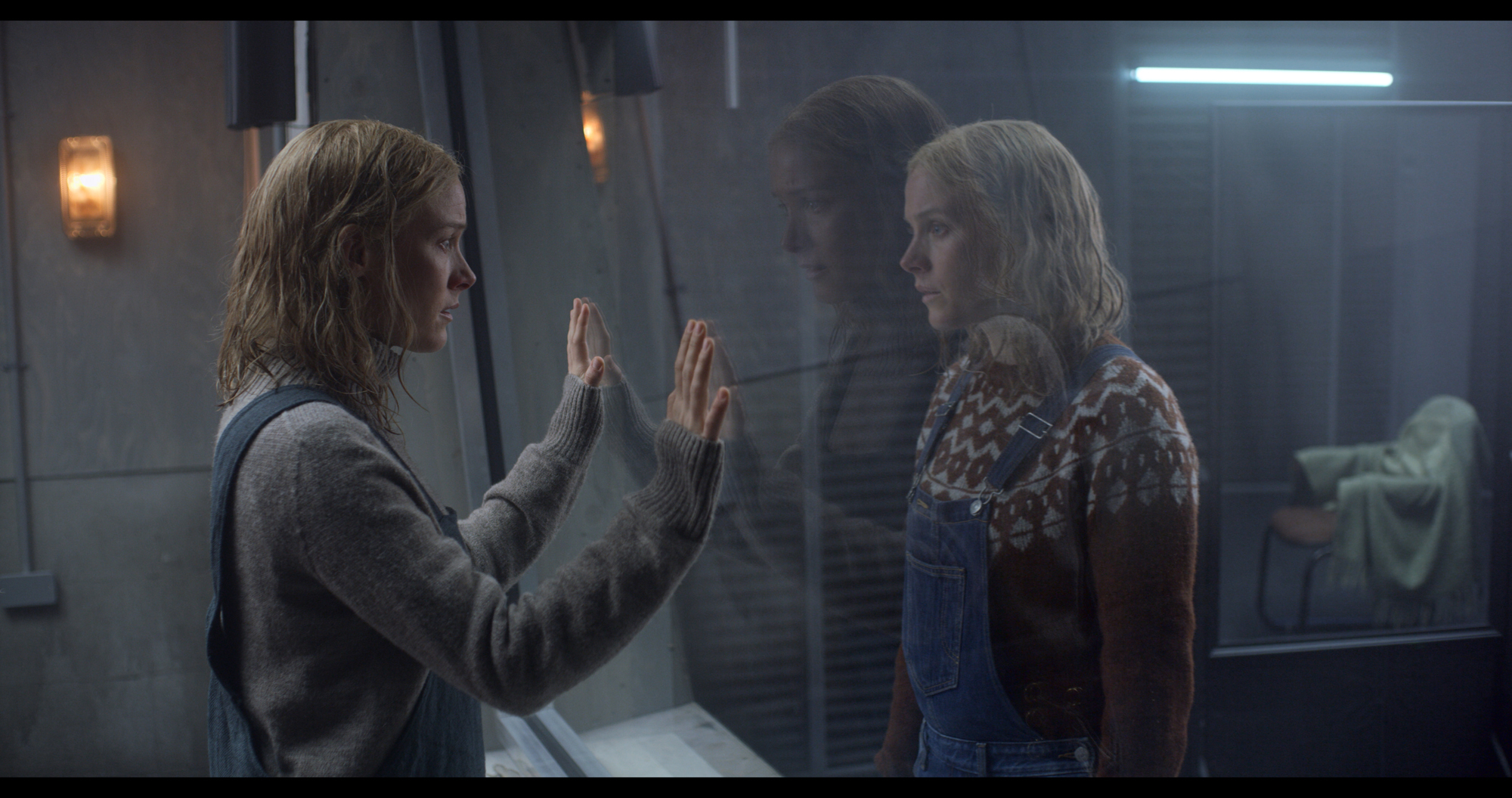
"Farren's vision - of a Scandi-noir, sci-fi drama, grounded in a naturalistic, relatable aesthetic - really captured my imagination," says Procter, whose varied credits include the BIFA nominated documentary Red Sands (2008), and the Camerimage-nominated feature Bypass (2014) and the DJ Shadow feat. Run The Jewels 'Nobody Speak' (2016) music video.
"We wanted to move firmly away from the visual tropes of glossy, high-key sci-fi, and use composition, with wider lenses, to embellish the character's emotions, often exploring negative space, headroom and short-siding," Procter explains. "I feel that moving away from classical forms of composition can evoke a sense of unease and help convey conflict or tension. More broadly, we sought a juxtaposition of visual language. Handheld felt intuitively correct for Harry and June's fragile journey and the visceral energy of their relationship. So we opted for a very stable and gentle handheld style, saving more aggressive movement for key moments in the narrative.
"By contrast, the haven of Sanctum always felt like a microcosm of calm, a place of safety and understanding. Therefore, we chose a more classical and still camera, using track and dolly, to help deliver a visual separation between the Sanctum and the outside world on-set, that would be later enhanced with colour in the DI grade."
The 125-day shooting schedule for The Innøcents encompassed five weeks in rural Yorkshire, six on a remote island deep in the fjords of Norway, often in torrential rain, seven at Gillette and Pinewood Studios, with the remainder of the shooting days across locations in London and the South East. Procter says he had just six weeks for prep and tech scouting the many locations in Norway and around London, which worked out to be around four days prep for each episode.
"It was extremely challenging and, with only one break in the shooting schedule, our prep was necessarily in broad strokes. It was a very heavy schedule considering the 450-plus pages, substantial VFX sequences, doubles, reflections and motion control. As the shoot was scheduled around locations and cast availability, nothing was shot in continuity and, if I recall correctly, on Day 100 we hadn't yet completed a single episode. I tip my hat to our script supervisor Phil Trow."


Procter's primary camera/lens package, supplied by Panavision, included two Red Heliums, shooting REDRAW in 2:1 aspect ratio, using a mixed set of vintage Zeiss Superspeed and Zeiss Standard Speed glass.
"I like the way that the pairing of vintage glass with modern digital sensors takes the edge off the image. I love the flare characteristics of the older Zeiss range, as well as their fall-off. Also, the fact that they're not designed for the over-sized Helium sensor introduces unusual character at the edges of frame. Often, imperfection is what makes something look interesting. The fast stops - from T1.3 or T2.1 - also helped the lighting budget in our large-scale night-work."
To assist the VFX team Procter used a set of Leica Summilux-C lenses, as they were free from distortion, chromatic aberration and barrelling.
Regarding his choice of camera for the production, Procter says, "During the preliminary camera tests, I really liked the colour rendition, skin-tones and sensitivity of the Red Helium. Also, the fact that it has a small form-factor, and is light-weight, made it well-suited to our location work and the substantial amount of handheld we were planning."
As for originating in 8K, Procter says, "Essentially, it was the ability to use the full size of the Helium sensor (29.9mm x 15.77mm), with longer lenses to achieve wider frames, that led to shooting in 8K. However, not all of the lenses offered full-frame coverage, so we dropped to 7K when vignetting became apparent."
Prior to principal photography, Procter worked with the production's DITs Mark Kozlowski and Adam Shell to create a single show LUT - based around Kodak 500T 5219 celluloid.
"By lowering the contrast, our show LUT subdued overly-saturated primaries and embellished subtle tonal differences in the greens. Given our abundance of rural locations, this was invaluable. However, for scenes where I felt that LUT wasn't quite right - such as warm, wooden-clad interiors - I was able to adjust the LUT settings in-camera."

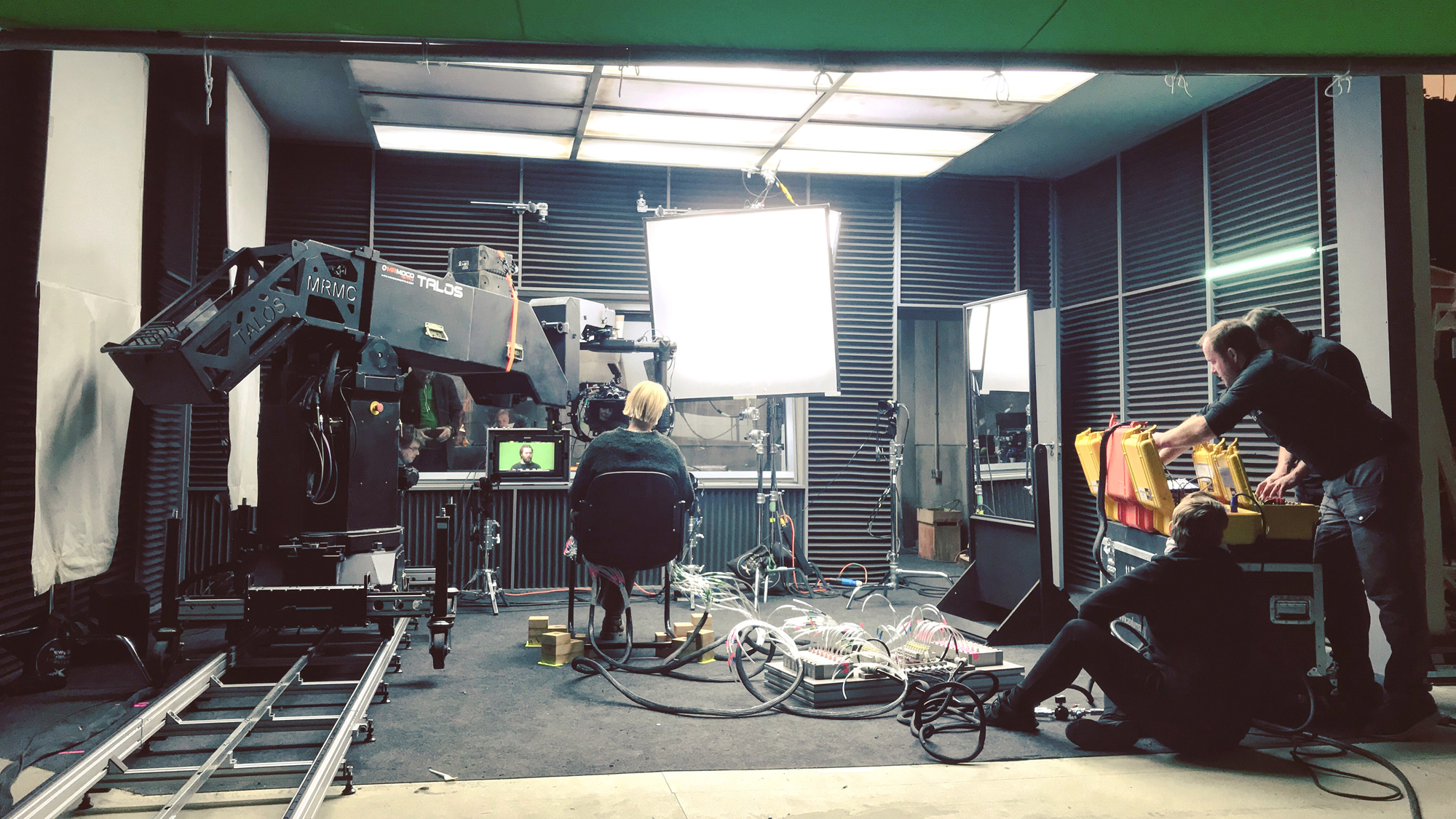
"In the studio, we often had up to eight sets running at any given time, which we would jump between as the schedule dictated. We were constantly pre-lighting as we leap-frogged between sets. Outside windows and doorways we hung printed backdrops, the imagery taken from location plates."
- David Procter
Shooting with the 4K HDR finish in mind, Procter graded the preliminary camera tests with colourist Thomas Urbye at The Look, in London.
"This revealed the importance of accurate exposure, and particularly how unforgiving an HDR grade can be on clipped highlights," Procter says. "I knew that we would regularly have practicals in shot, so we looked carefully at highlight roll-off, halation and diffusion filters. I also strongly disliked the look of anything clipped on-screen which made us extremely diligent on-set to retain all highlight information.
"Motivated by our desire for environmental context, we often shot towards windows, retaining full detail in the Norwegian fjords and Yorkshire landscapes. This required substantial light levels to balance out interior and exterior exposures whilst retaining a naturalistic aesthetic."
The Innøcents was chiefly a two-camera shoot, with Rob Arrowsmith
operating A-camera/Steadicam, and Procter on B-camera, frequently reserving the second camera for more experimental frames. Procter says he was fortunate to have the talents of Damien Pawle on board as second unit DP. The two had previously worked together on the features Bypass and Blood Cells (2014), resulting in mutually understood shorthand and synchronised aesthetic sensibilities.
"Due to scheduling, we required a period of 'double-banking' with director Jamie Donoughue," remarks Procter. "As Damien's involvement was substantial we shared the credit on episodes five and six. His work was consistently stunning."
For some of the show's more technical sequences, Procter employed the Talos and Milo systems from Mark Roberts Motion Control, operated by Ian Menzies and smaller moco units devised by Justin Pentecost. For underwater work, at Pinewood's U-Stage, the production used a Hydroflex with operator Mark Silk.

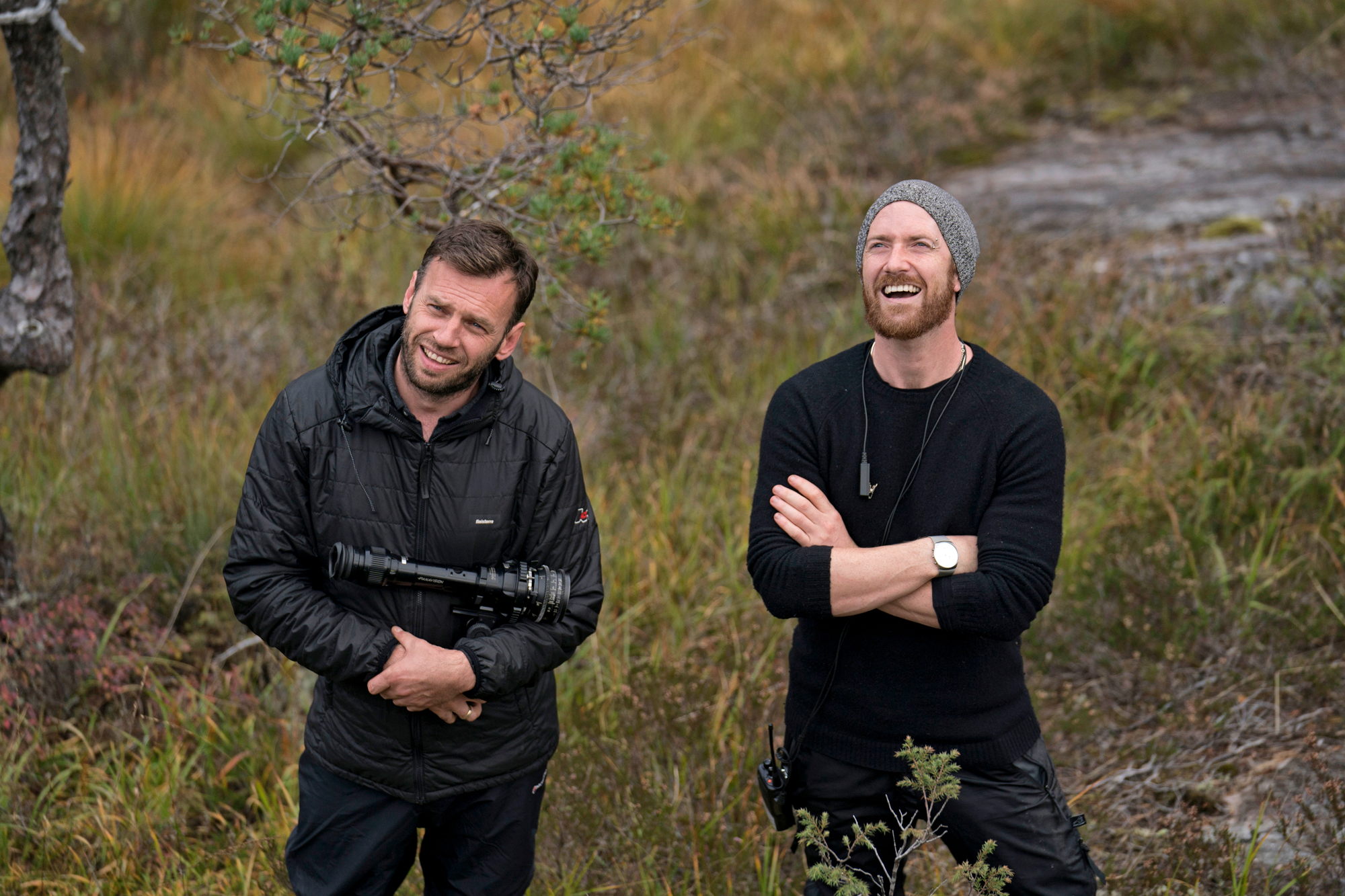
Procter's gaffer on The Innøcents was Sol Saihati, his longtime collaborator in TV commercials, although this was their first long-form work together. Pursuing the naturalistic aesthetic, the highly-changeable weather conditions meant that very little of the show was real, natural light.
"Directional softlight was our weapon-of-choice, taking many forms of motivated source-lighting," Procter admits. "Our lighting package was supplied by Pinewood MBS, who were extremely supportive. We carried a range of ARRI HMIs, ARRI SkyPanels, LiteGear Litemats and Tiles, Kino Flo Freestyle LED units with an array of DoPchoice LCD (Lighting Control Devices) and RagPlace textiles. Steve Howard (technical director at Pinewood MBS) designed some bespoke wireless LED tubes for us, which were incredibly useful in our more compact locations. Larger lamps such as Leelium Balloons, T20s, 18K Arrrimax and Half-Wendy Lights were brought in as dailies when required."
"In the studio, we often had up to eight sets running at any given time, which we would jump between as the schedule dictated. We were constantly pre-lighting as we leap-frogged between sets. Outside windows and doorways we hung printed backdrops, the imagery taken from location plates."
Procter adds, "Along with an incredible electrical and rigging team, what enabled us to achieve what we did in the time available was Sol running all compatible lamps remotely from an iPad, using RatPac Dimmers' Cintenna System via Luminair, giving precise intensity and colour palette control instantaneously. This saved an enormous amount of time, not to mention consumables. When balancing our day interiors to the changeable exterior weather, the real-time control of both film lamps and practicals allowed us to retain sky highlights and interior shadows detail, sometimes even mid-take."
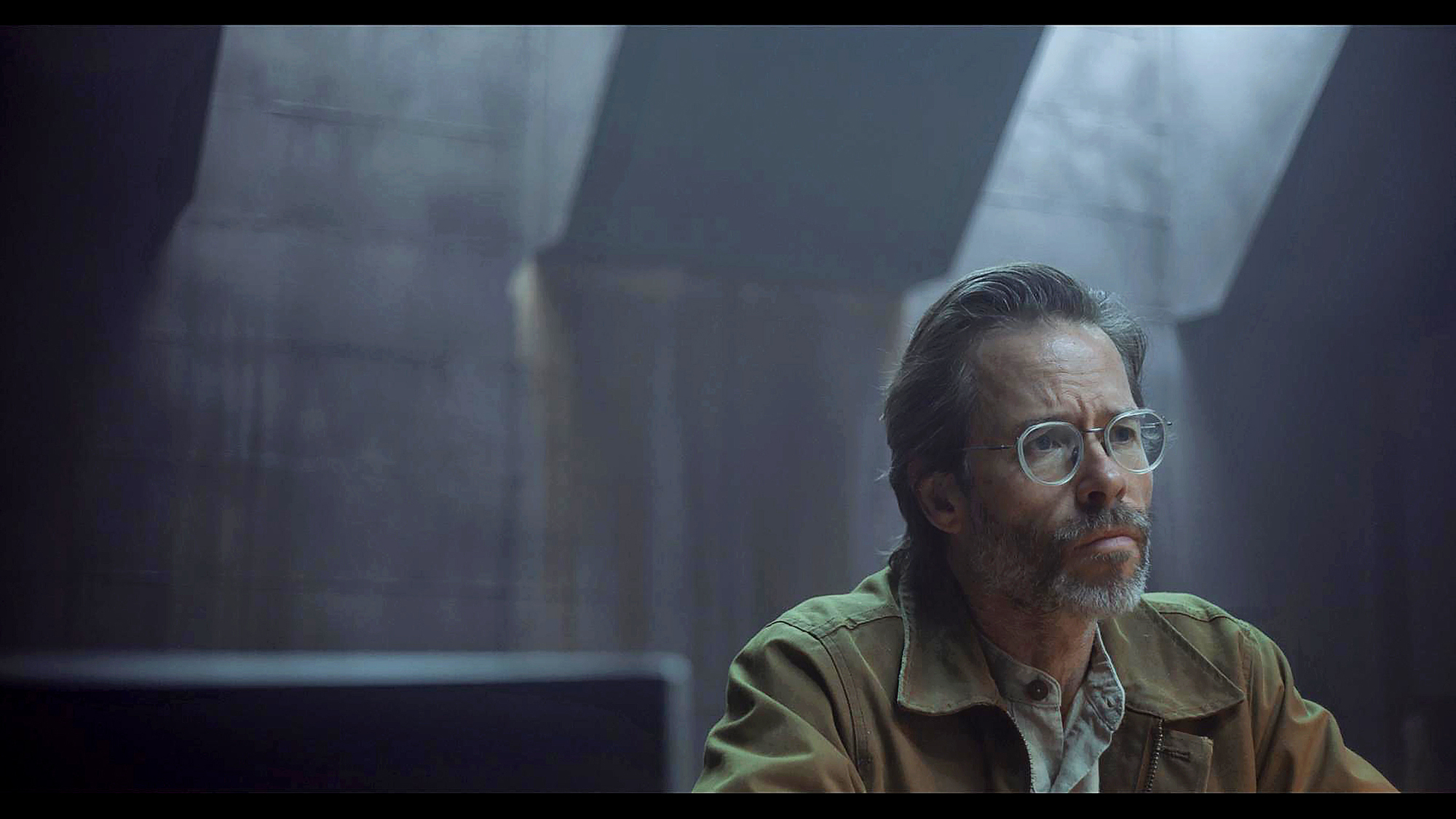
"We quickly found we were able to achieve a very natural tone, reaching for the extended range of the HDR format like a seasoning. Where HDR really sings is landscapes, particularly in sky detail, something we had no shortage of in the Norwegian fjords."
- David Procter

Reflections were an integral part of the narrative and aside from the complications these caused in terms of lighting, Procter knew that substantial portions of scenes would play out in mirrors. Familiar with the double-reflections delivered by conventional mirrors, he requested that first-surface mirrors be incorporated into key sets. It was an expensive request, but after presenting test material shot into a domestic mirror, everyone was on board.
"The first-surface mirrors allowed us reflections free from ghosting, on any focal length," he explains. "During prep, physical models of our main studio sets were fundamental in planning key sequences, anticipating blocking for the critical positioning of mirrors both to enable, or sometimes avoid, reflections. Farren and I were able to intricately discuss key scenes and plan room layout with a solid visual reference, carefully navigating the coverage to avoid confusing eye-lines or line-crossing.
"Many of the most intense scenes involve June in the body of a different character, communicating via mirrors. Maintaining familiar composition but on much longer lenses, we see June in a foreign way. The frame is familiar but a slight distance can be felt as Harry fights to bring her back."
As for the crucial task of monitoring HDR/SDR on-set and managing the look into the DI grade, Procter says he decided early-on, during the original camera tests, that without live-grading, HDR monitoring would be deeply misleading on-set, particularly over the highlights.
Monitoring HDR/SDR with two colour matched Flanders Scientific DM170s, Shell would burn-in the show LUT, adjust the look as per Procter's preferences using Filmlight's Daylight system, before processing the transcodes, which went out as dailies. "We chose a fully RAW workflow utilizing Log3G10 Wide Gamut, as we felt this attained the most from the camera," Procter notes.
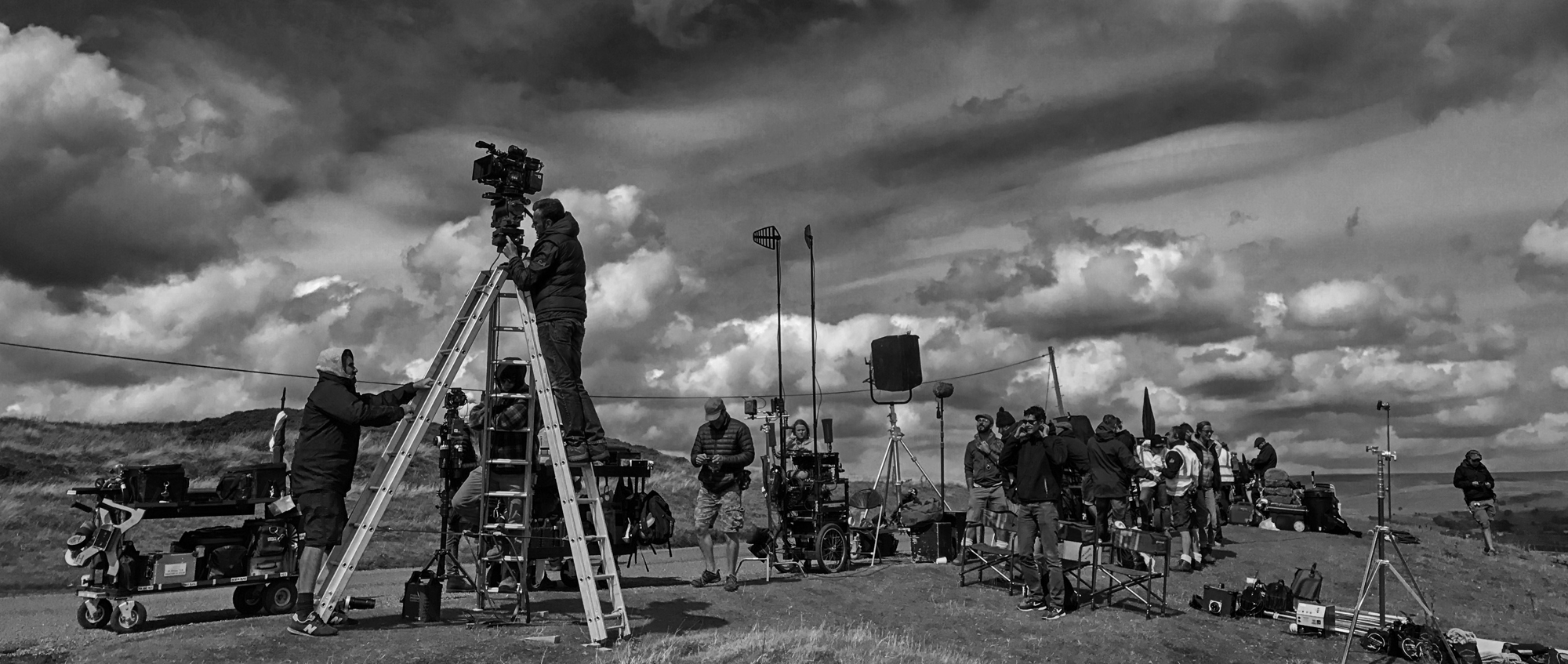
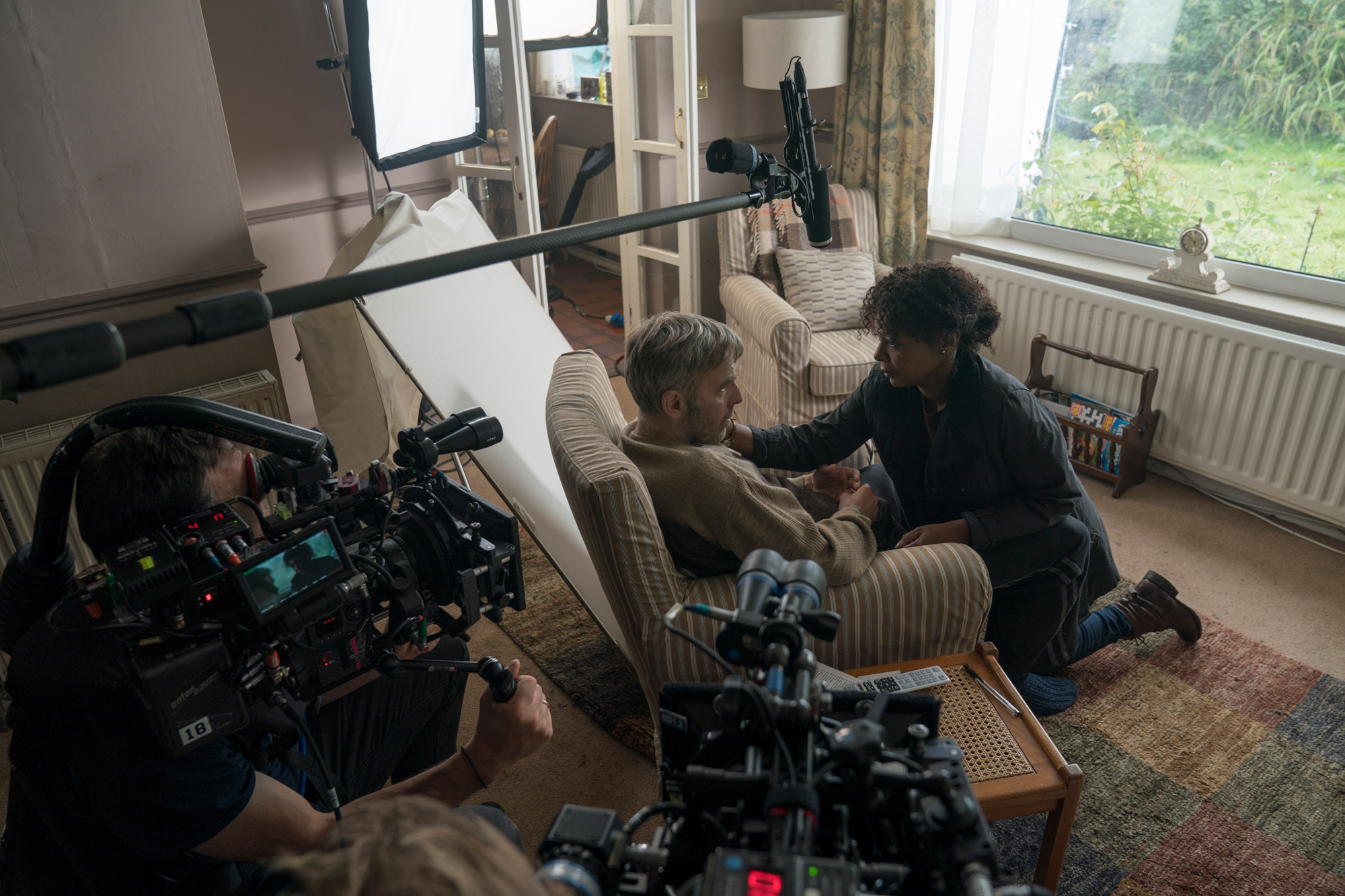
The DI grade on The Innøcents was performed by Thomas Urbye at The Look, grading on a Sony X300 monitor with a 4K Rio system.
"Thomas was the bridge between our dailies and the DI," says Procter. "As the in-camera SDR LUT did not transfer to the 4K HDR grade, we had to start from scratch. Our approach to the HDR grade was restrained, in order to retain the naturalistic aesthetic. We used the higher NIT levels only where we felt it would further the narrative, and avoided anything garish or distracting.
"We quickly found we were able to achieve a very natural tone, reaching for the extended range of the HDR format like a seasoning. Where HDR really sings is landscapes, particularly in sky detail, something we had no shortage of in the Norwegian fjords.
"As our show-LUT was, in places, an accurate representation of my intentions, we were able to reference it as required, recreating the same feel in an HDR colour space. However, other scenes we started completely from scratch. On a scene-by-scene basis, we decided our highlight roll-off point, only occasionally exploring the upper NIT levels. This became another storytelling tool, using the full HDR range only in specific moments, for impact."
Whilst Procter had established a different camera language between Sanctum and the outside world, he always felt a slight tone and palette shift would further augment the distinction. Moving against the perhaps stereotypical, cool-blue portrayal of Norway, he instead gave Sanctum a slight warmth, representative of its refuge-like status. Subduing the abundant green in the landscape, moving towards browner tones also made the terrain feel more barren and remote.
"One of my primary concerns was the fact that the delivery file to Netflix would be solely the 4K HDR Dolby Vision master," Procter says. "I was concerned that this would be a process of sacrifice and whilst HDR is spreading fast, the majority of our audience would be viewing the SDR version. But the automated HDR to SDR pass was reassuringly accurate and, with a bit of tweaking, both versions turned out to be perfectly comparable. Ultimately, I don't feel that any significant sacrifices were made despite grading primarily for HDR, and I am delighted with the result."
Since shooting The Innøcents, Procter has been working on commercials internationally with RSA, Stink & MJZ and lensed Peter King's dystopian short for Michael Fassbender's DMC, This Is The Winter. He recently began prep on feature Heaven Is Dark for directors Luke Seomore and Joseph Bull. The atmospheric drama, about the current refugee crisis, will shoot on location in Morocco.



